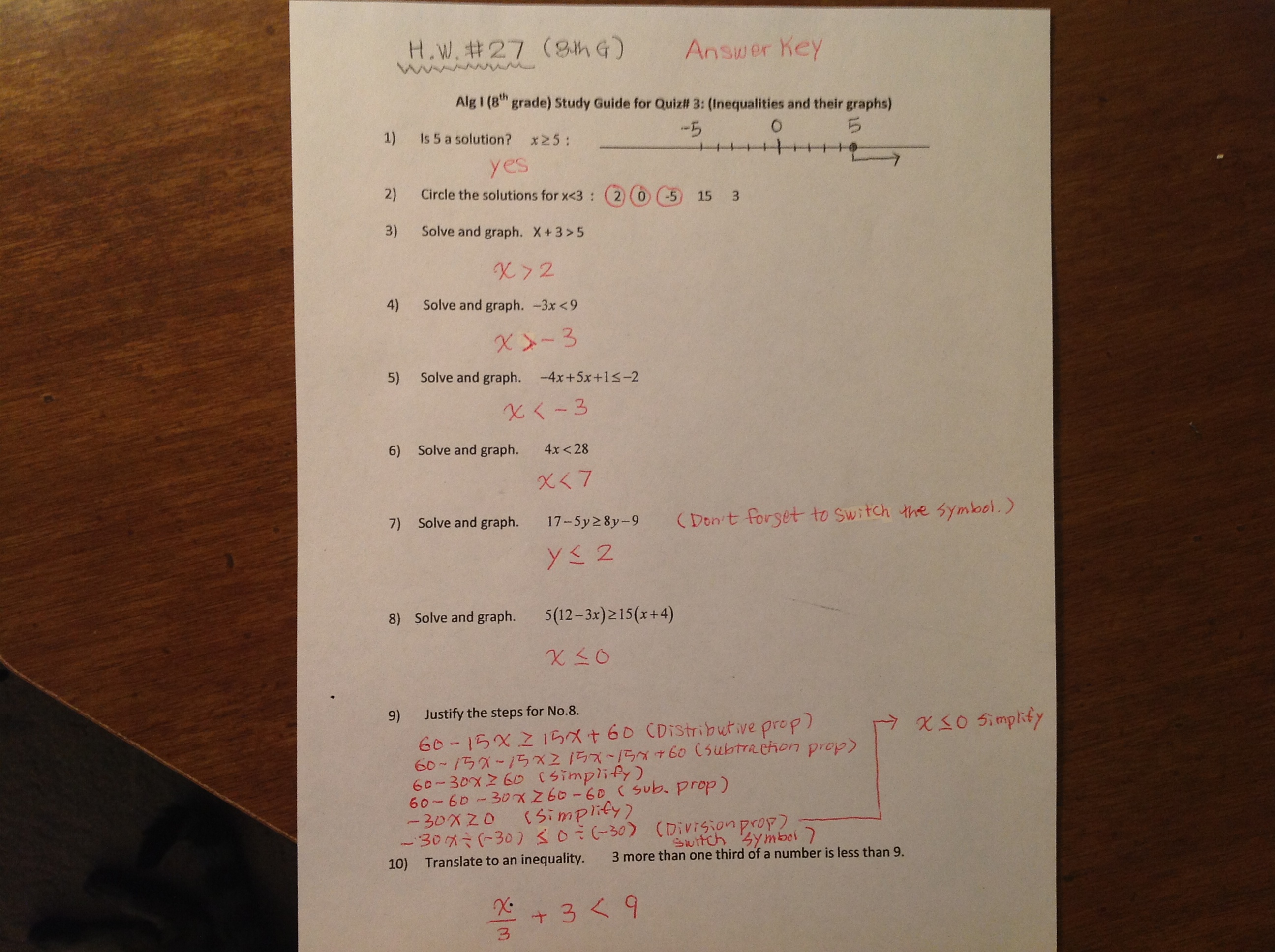

In conclusion, it is a good idea to stay away from ear plugs but if you are going to use one, use foam.

The fibers can also get stuck in your ear and can be a risk for infection. Cotton is especially dangerous to put in your ears because they can perforate the ear drum causing permanent hearing damage. So if you are using using foam ear plugs, make sure that you don’t put them too far in your ears. When lodged too deep, they can touch a person’s ear drum and cause permanent hearing loss. Understand treatment of minor ear problems using best practice rationales. The problem with the foam plugs comes from being lodged too deep in ones ears. Identify common minor ear abnormalities and ailments. This post will help you identify problematic audio, prevent the most common problems and recognize when it’s time. We need to be able to spot problems and identify them to before they impact quality or snowball into larger technical problems.
When to use ear practice problems how to#
Anything that is lodged in one’s ear increases the likeness of infection and hearing loss. Ear training, the practice of learning how to recognize certain sounds, is a must for audio producers. Wax plugs, when lodged deep in ones ear, can melt and be extremely difficult to take out. Each one provides a different risk to the well being of your ear. If your infection is advanced, your doctor may take a sample of the fluid inside your ear and test it to determine whether certain types of. You may experience tinnitus (ringing in the ear).

Your ears may feel full, like there’s some pressure in them. There are three main ear plugs that people use: wax plugs, foam plugs, and cotton plugs. That’s a short term effect of exposure to loud noises while shooting at a gun range or attending a rock concert. Whatever the reason may be, they are dangerous to the well being of your ears and the quality of your hearing.
When to use ear practice problems software#
In this exercise, simply insert your microphone into a mixer or audio interface and monitor your singing in a free recording software like GarageBand. Some use them to protect their ears from loud concerts, some use them to tune out their partners snoring, and some even use them so they do not have to listen to what people have to say. Ear Training Technique 2: Use a Microphone and Audio Interface to Hear Yourself Another way to boost the volume of your feedback loop is to use a microphone and headphones to hear yourself better. There are a variety of reasons to use ear plugs.


 0 kommentar(er)
0 kommentar(er)
